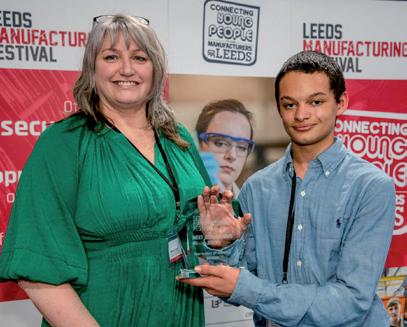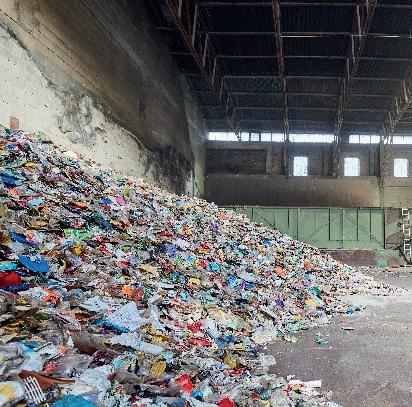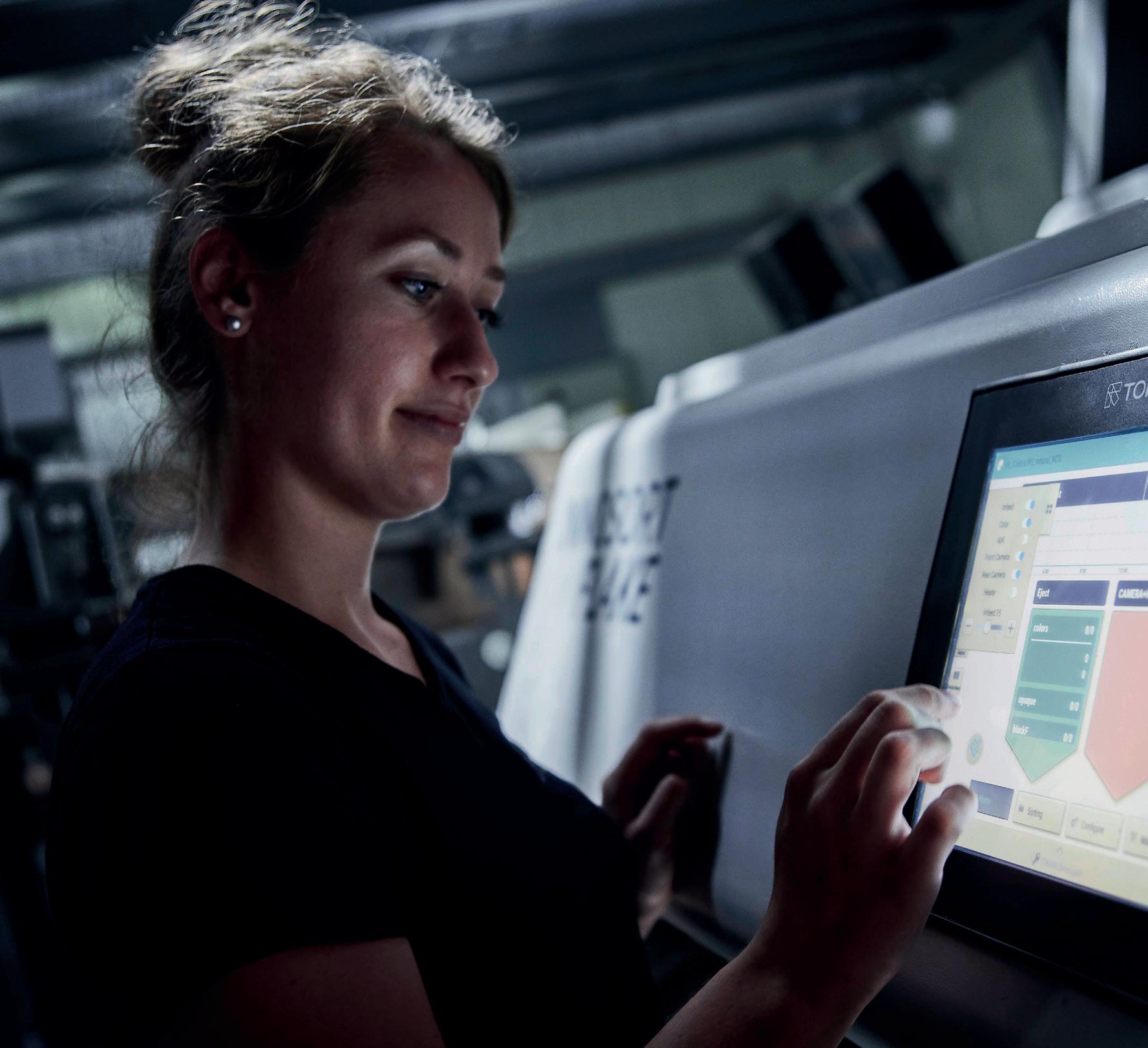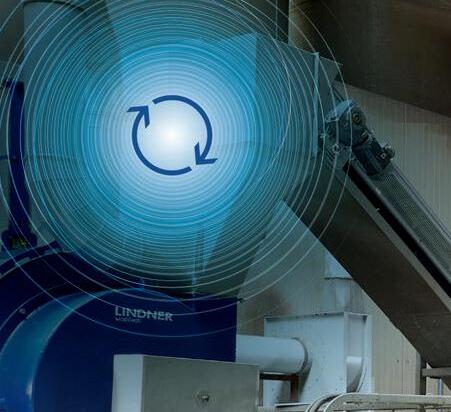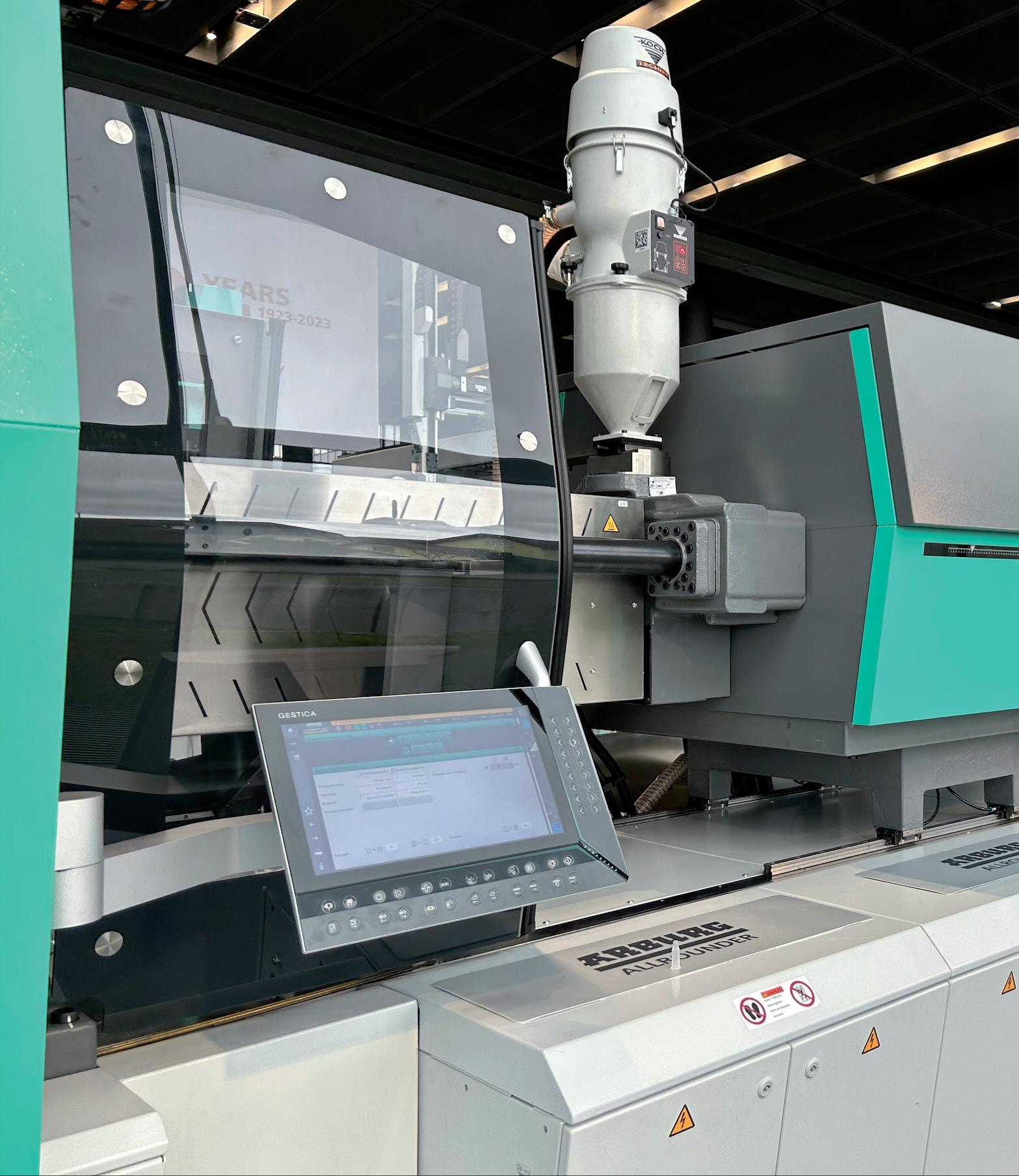
2 minute read
Circularity reality
from BP&R Mar 23
There’s a really interesting study just published in Nature Sustainability by Bachmann et al, called Towards Circular Plastics Within Planetary Boundaries. The authors applied a model to the industry, covering both the production and end of life, and looking at the 14 most commonly-used types of plastic.
Using the planetary boundaries framework as the measure for what the researchers deem to be acceptable production and disposal of plastic – a widely accepted guide to the limits of human behaviour on the planet – the researchers looked at current recycling technologies and biomass usage by the industry. They report that even if we were in a closed-loop, optimised state using currently available resources, the industry as it stands today would still exceed its sustainable boundaries by up to four times.
However, they also said that if, as of now, recycling technologies and recycling rates could be improved by at least up to 75%, in combination with greater biomass and CO2 collection and use within the field of plastics production, the industry would come within its ‘environmental safe zone’ as soon as 2030.
Now of course, that’s one hell of a hypothetical scenario. But with a range of advanced recycling technologies coming on-line (subject to reams and reams of red tape and approvals), not to mention the future potential of carbon capture and re-use, which some of the plastics/ chemicals giants have been pioneering the research and scale-up of, it feels to me highly likely that the industry will move back in the direction of operating within the planet’s means, in spite of huge projected demand for plastic. And that demand is the precise reason that the change will have to happen – the researchers themselves point out that plastic is one of the most important materials available to society – there’s no turning back the clock on plastic, but it is certainly possible – and essential – that the industry operates within a sustainable bracket.
Speaking of all things green, earlier in March, I headed out to Lossburg to visit Arburg’s factory in the heart of the Black Forest, Germany.
Celebrating a hundred years of the Hehl family business, at this year’s annual technology days, the industry turned out en masse to see how far this company –and indeed, IMM technology as a whole, has come. It’s been a few years since my last visit, and I was genuinely impressed by the amount of sustainable solutions now on offer. Our own Danny Ball brings his full report from the visit, starting on page 35.
Finally, March also saw the second meeting of the Interplas exhibitor advisory board. It’s proving to be really useful hearing from the great and the good of the sector on what they want from Interplas on its 75th Anniversary. There has been a number of actionable insights, the fruits of which you’ll be able to witness at the NEC in September –and I hope to see you there.
Head of Content
DAVE GRAY


















